What Is Formwork?
Important Point
Formwork , often referred to as form work or the form work also called shuttering, is the mold used during the building to give the desired structural form by pressing concrete into the mold.
In a single term, formwork is a mold that cast concrete in various shapes and sizes.
There are a few other different forms of formwork commercially available.
Shuttering is synonymous with the word Formwork.
In certain nations, users are using the term shuttering rather than formwork.
Formwork (Shuttering) has become temporary assistance as a mould for concrete mixture wherein concrete is placed to formed in the required shapes as well as obtains initial strength, strengthened and developed.
Formwork is often used in various shapes and sizes depending on our design materials in the form of PCC, RCC operates in Building, Road, Corridor Lining, Hydroelectric power Dams, Agriculture Headwork, Sewage Pipeline Works, etc.
The expense of formwork is estimated to have been 20 to 25 percent of the cost of construction work, which could be greater than that for bridges.
To attempt to lessen the expense of formwork, it is important to design and manage economical forms of formwork.
Designers will also have to extract the shape until the concrete has achieved the required power. The method of separating the formwork is often called stripping.
Within a week of stripping the form, the materials are separated it can be used in some building projects or several other sections of the job.
The reproducible type of formwork materials is recognized as the form of a panel.
Also, Read: Deshuttering Time
Use of Materials in Formwork
When we write about the materials used in formwork for placing concrete, we see that forms are of the following types based on formworks materials or materials used for formwork:
- Form of wood.
- Type of plywood.
- Form of steel.
- The combined form of wood-steel.
- Strengthened concrete form.
- Plain concrete shape.
Above this, timber is typically used as formwork and is sometimes inexpensive.
However, the risk of warping, expanding, and diminishing the wood is a downside of the timber.
It may reduce such flaws by adding protective coatings to the shutter.
Such impermeable coating often allows stripping as well as avoids adhesion to the concrete.
A steel shutter is then used to obtain the correct form and purpose of the aesthetics.
Also, Read: Mivan Shuttering
Types of Formwork
Discussing the types of formwork materials, the Types of Formwork are as follows.
- Timber Formwork.
- Plywood Formwork.
- Steel Formwork.
- Aluminum Forwork.
1. Timber Formwork
When considering material used for formwork, Timber Formwork should comply with the following requirements:
- It ought to be well-seasoned
- It ought to be light in weight
- Timber must be easy to work with nails without splitting.
- It’s supposed to be free from loose loops.
The timber being used formwork must have a smooth and sometimes even surface from all sides, that also comes in direct contact with concrete.
Timber formwork is being used in a small amount of concrete work.
Advantages of Timber Formwork:
- One of the advantages of formwork made of timber is that it can even make it perfect in any size you want.
- Timber is extremely lightweight so it can be managed rapidly.
- Timber is indeed a good thermal resistance, which helps prevent concrete harm in colder areas.
- The fabrication process for that kind of sort of formwork is easily understandable, so it does not involve skilled labor.
Disadvantages of Timber Formwork:
- Dry timber contains moisture from concrete, which also reduces the Discussing the disadvantages of formwork made of timber, we see that dry timber contains moisture from concrete, which also reduces the workability of the material.
- Timber formwork should only be modified 5 to 6 times.
- Timber with such a higher moisture content (<= 20%), wet concrete would then reduce as well as Cement slurry would then spill.
Also, Read: Difference Between Formwork, Shuttering, Centering, Staging & Scaffolding
2. Plywood Formwork
Plywood formwork is quite economical, and can also be used repeatedly, based on the precautions given all through erection as well as demolishing.
Considering materials used in formwork, Formwork of Plywood for structural concrete is often waterproof Boiling level plywood, seems to be a preservative-treated material, and has been particularly suited to be used in shuttering and formwork.
Plywood formwork is quite economical, and can also be used repeatedly, based on the precautions given all through erection as well as demolishing.
The major benefit that the use of plywood shuttering is that it is long-lasting under intermediate weathering situations, Plywood seems to have a solid surface and also has sufficient strong enough to withstand the loading of concrete as well as the needs to produce by the spilling of concrete as well as sound waves.
Advantages of Plywood Formwork
- Plywood can be conveniently cut to the appropriate scale.
- Plywood is sturdy, robust, and lightweight.
- Plywood offers a flat concrete surface finish.
- Plywood makes the formwork smoother and simpler.
- Compared to Timber Formwork plywood, there is more repetition.
Also, Read: What Is Formwork Failure?
3. Steel Formwork
In the realm of formwork construction, Steel formwork consists of a sheet consisting of thin steel plates.
Steel Formwork is common nowadays because it gives you a long life cycle and gives you better replication.
The steel panel units may be mounted together using the necessary clamps, nuts, and bolts.
Steel Panels can be manufactured in either modular form or scale.
Often this style of formwork is used for circular and curved construction.
Advantages of Seel Formwork:
- Steel panels are sturdy, robust, and also have a longer life cycle.
- Steel panels can also be quickly assembled and removed at high speeds.
- It is cost-effective if there is a significant volume of development going on.
- Glass panels do not retain Concrete water or moisture.
- This style of formwork does not shrink or warp.
- The consistency of the concrete surface of the steel formworks is smooth and does not need further treatment.
Disadvantages of Seel Formwork:
- It’s very pricey compared to Plywood.
- The steel sheet is very high in weight, it requires moving equipment to lift the panel.
- It’s limited to scale and form.
Also, Read: Concrete Release Agent
4. Aluminum Forwork
Highlighting aluminum formwork advantages, we see that Aluminum formwork is identical to stainless steel formwork.
This form of formwork becomes lighter than that of the steel formwork, owing to the low strength of the aluminum is lighter than the steel.
This form of formwork is inexpensive if a sufficient number of cycles are rendered in the Building.
Advantages of Aluminum Formwork:
- Aluminum Formwork improves the pace of manufacturing and reduces time and effort.
- It provides a cleaner and improved surface finish.
- Aluminum formwork could be re-used up to 250 cycles.
- It’s also cost-effective if a significant number of symmetrical buildings have to be constructed.
Disadvantages of Aluminum Formwork:
- The original cost is higher due to the more costly aluminum formwork.
- This type of formwork is cost-effective when used in a symmetrical design of construction.
- It takes time to set up, initially.
- Professional tasks are needed for alignment and maintenance purposes for this style of formwork.
- Holes created by a wall tie during the formwork should be cracked correctly, otherwise, there will be a leakage problem in the future.
Also, Read: What Is Shoring In Construction?
Requirements Good of Formwork
- Considering materials for formwork or formwork materials, the material used in the formwork should be inexpensive and ideal for re-use many times.
- The shape should be essentially waterproof so as not to spill and trap water from asphalt. Its shrinkage and swelling should also be minimal.
- A load of concrete and live loads of pouring, vibration, compaction, and curing can be carried quickly.
- It must have enough stiffness as well as stiffness to reduce deflection.
- It should be low in weight as soon as possible, smooth, and easy to avoid.
- All joints in the formwork should be evidence of leakage.
Also, Read: Introduction of Bamboo
Code Provision for Standard Formwork
- General Requirements.
- Cleaning and Preparation of Forms.
- Strip Time.
- Procedure for Eliminating the Formwork.
- Camber.
- Tolerance.
1. General Requirements
The formwork shall adhere to the orientation, the lines, and the proportions as shown in the drawings and shall be built so as to remain sufficiently stable throughout the placement and compaction of the concrete and shall be sufficiently close to avoid the leakage of liquid from the concrete.
2. Cleaning and Preparation of Forms
All waste, in particular chippings, shavings, and sawdust, shall be removed from the inside of the molds until the concrete is put and, thus, the formwork in contact with the concrete shall be washed and thoroughly wetted or handled with an accepted composition.
Bear in mind that the accepted composition should not be influenced by the reinforcement.
3. Strip Time
In no case shall the shape be hit before the concrete exceeds an intensity of at least twice the pressure under which the concrete could even be exposed at the time of the attack.
4. Procedure for Eliminating the Formwork
At the point of elimination of the formwork, remember that there is still no vibration or movement that will harm the reinforced concrete.
Even before the soffit as well as the struts are extracted, the concrete surface shall be monitored, if necessary, to ascertain that the concrete is properly solid and hardened.
Proper care shall be taken to allow for a reduction in the rate of hardening that occurs with all cement in cold water unless it is allowed in the design formulas of the beams.
5. Camber
It is usually desirable to provide upward camber shapes to guarantee that the beams do not even have a sag after they have retained their deflection, although this could not be achieved unless suggested by the calculated configuration of the beams.
6. Tolerance
Formwork must be designed in such a way that the internal dimensions are well within the acceptable tolerance defined by the designer.
Also, Read: Spandrel Beam Definition
Formwork
Formwork is the term used for the process of creating a temporary mould into which concrete is poured and formed. Traditional formwork is fabricated using timber, but it can also be constructed from steel, glass fibre reinforced plastics and other materials.
What Is Formwork?
Formwork is temporary or permanent molds into which concrete or similar materials are poured. In the context of concrete construction, the falsework supports the shuttering molds.
How Is Formwork Constructed?
Formwork is associated with concrete structure’s surface finishing – the finer the quality of formwork used, the better will be the surface finishing. Formwork provides excellent structural safety by offering solutions against all overlay loads, producing exceptionally safe and practical structures.
Why Formwork Is Used in Construction?
Formwork is associated with concrete structure’s surface finishing – the finer the quality of formwork used, the better will be the surface finishing. Formwork provides excellent structural safety by offering solutions against all overlay loads, producing exceptionally safe and practical structures.
Types of Formwork
- Traditional timber formwork.
- Engineered Formwork System.
- Re-usable plastic formwork.
- Permanent Insulated Formwork.
- Stay-In-Place structural formwork systems.
- Flexible formwork.
Formwork in Construction
Formwork in construction is the use of support structures and moulds to create structures out of concrete which is poured into the moulds. Formwork can be made using moulds out of steel, wood, aluminum, and/or prefabricated forms. Formwork is an ancillary construction, used as a mould for a structure.
Concrete Formwork Materials
Concrete Form Substrate Materials. Plywood, steel, aluminum, and composite materials are used for both vertical and horizontal forming systems as a substrate material. Located behind these panels are an array of strong-backs, whalers, and trusses that also are made from wood, steel, or aluminum.
Types of Concrete Forms
- Wood Forms for Concrete Slabs: Wood forms are the most basic and oldest of concrete formwork slabs and are still heavily used when constructing smaller structures.
- Concrete Wall Forms: Pre-manufactured concrete wall forms are used for pouring walls or larger structures – such as when building piers or building foundations. Pre-manufactured wall systems are generally made out of engineered wood and reinforced with a metal frame, or consist of an entirely metal body.
- Insulated Concrete Forms (ICFs): An insulated concrete form system consists of a hollow block of insulating materials that fit together and is filled with concrete, and further reinforced with steel.
- Foam and Decorative Concrete Forms: Concrete has gone from being a construction component to being used inside the house, in fancy concrete countertops, and other decorative precast products. The growth in popularity of such items has led to new, innovative methods of concrete forming.
What Are the Functions of Formwork?
The formwork serves as mould for concrete structural components unless such mould is provided by the soil, other structural components, etc. It moulds the placedfresh concrete, which in this stage normally is viscous, to the shape specified in the drawing.
Column Formwork
Column formwork is a type of concrete formwork. Concrete formwork is a mold made of steel, aluminum, timber, plastic, or other materials in which wet concrete is poured to achieve a desired shape and size for construction. Column formwork is shaped and sized to the needs of a project.
How Is Column Measured in Formwork?
For simple square and rectangular forms, simply multiply length x width to know how much formwork you need. For a circular base, multiply the square of the radius by pi (πr²).
What Is the Purpose of Column Formwork?
The formwork serves as mould for concrete structural components unless such mould is provided by the soil, other structural components, etc. It moulds the placedfresh concrete, which in this stage normally is viscous, to the shape specified in the drawing.
What Is Column Starter?
Column starter is a smaller part of the column of concrete material with the same length and breadth of column which give guideline for column extend for perfect layout.
Formwork Building
Formwork is the term used for the process of creating a temporary mould into which concrete is poured and formed. Traditional formwork is fabricated using timber, but it can also be constructed from steel, glass fibre reinforced plastics and other materials.
Metal Formwork for Concrete
Formwork is essentially a temporary structure in which concrete can be poured and secured while it sets. Steel formwork features large steel plates secured together with bars and couples known as falsework. Formwork is used during the pouring of concrete to help hold the liquid form of the concrete in place as it sets.
Concrete Formwork
A concrete form or formwork is a support or mold that the concrete is poured into. Temporary or permanent, the formwork is built into the shape that the user wants the concrete to take when the liquid concrete begins to dry.
Like this post? Share it with your friends!
Suggested Read –
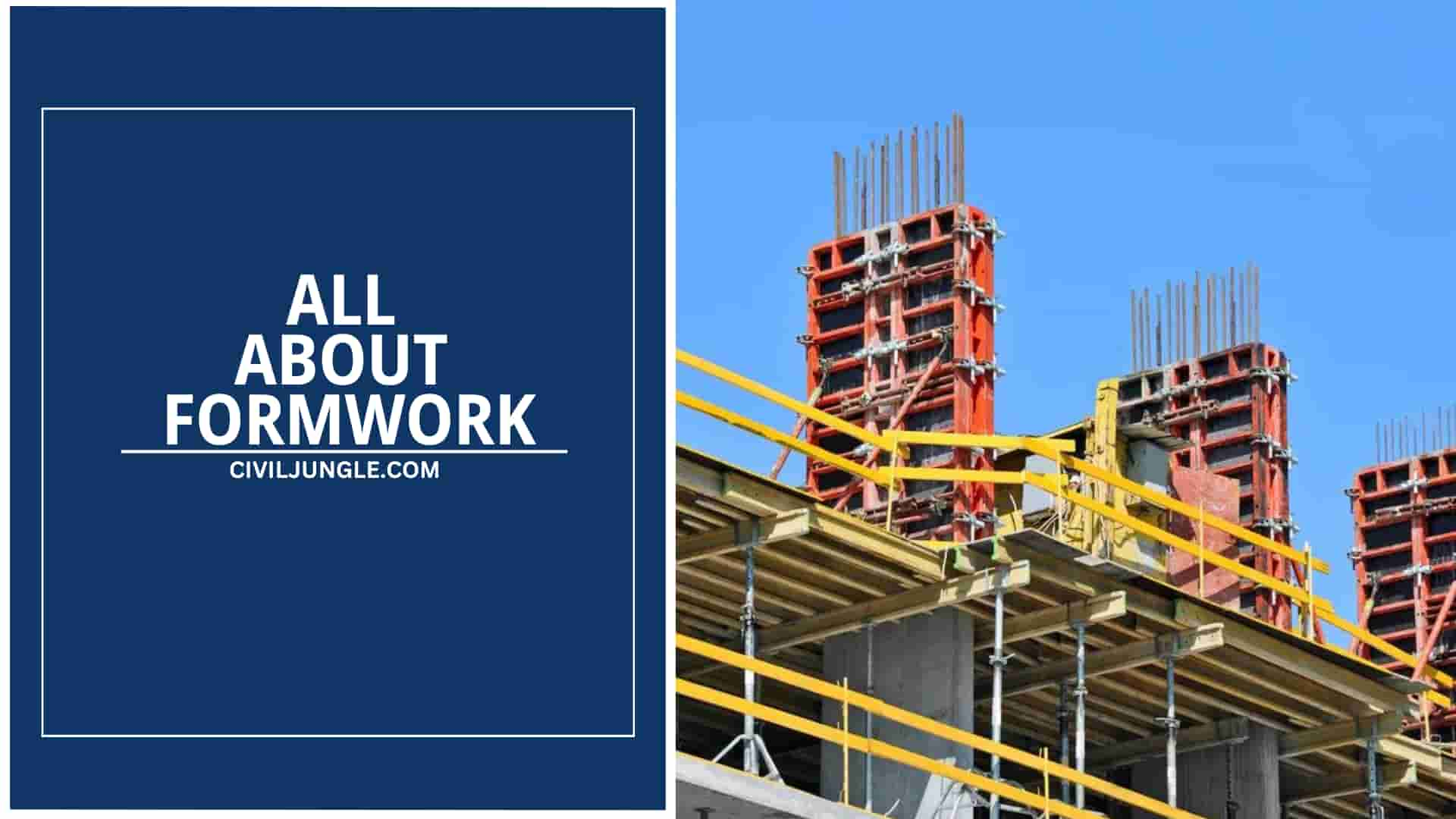
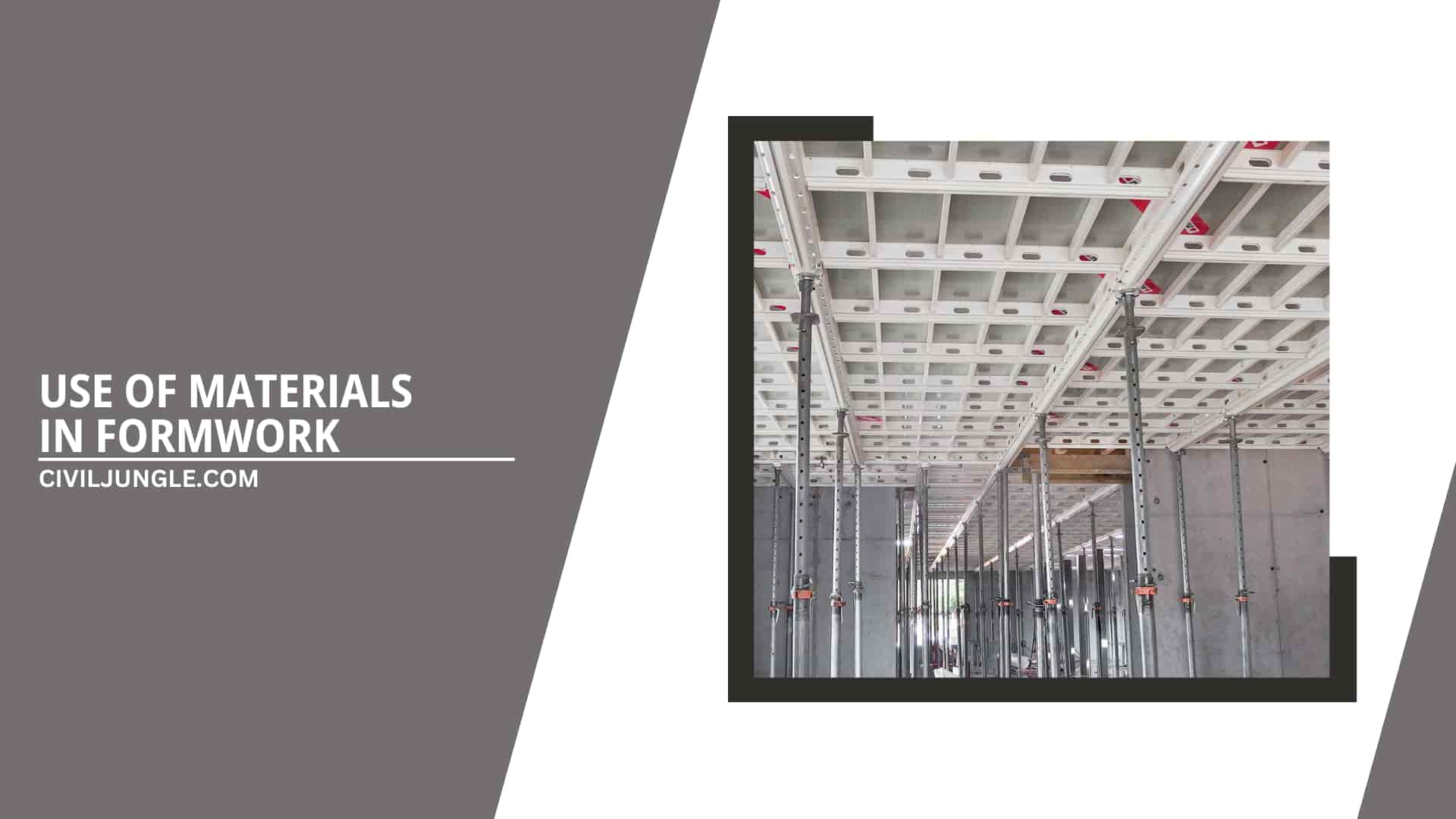
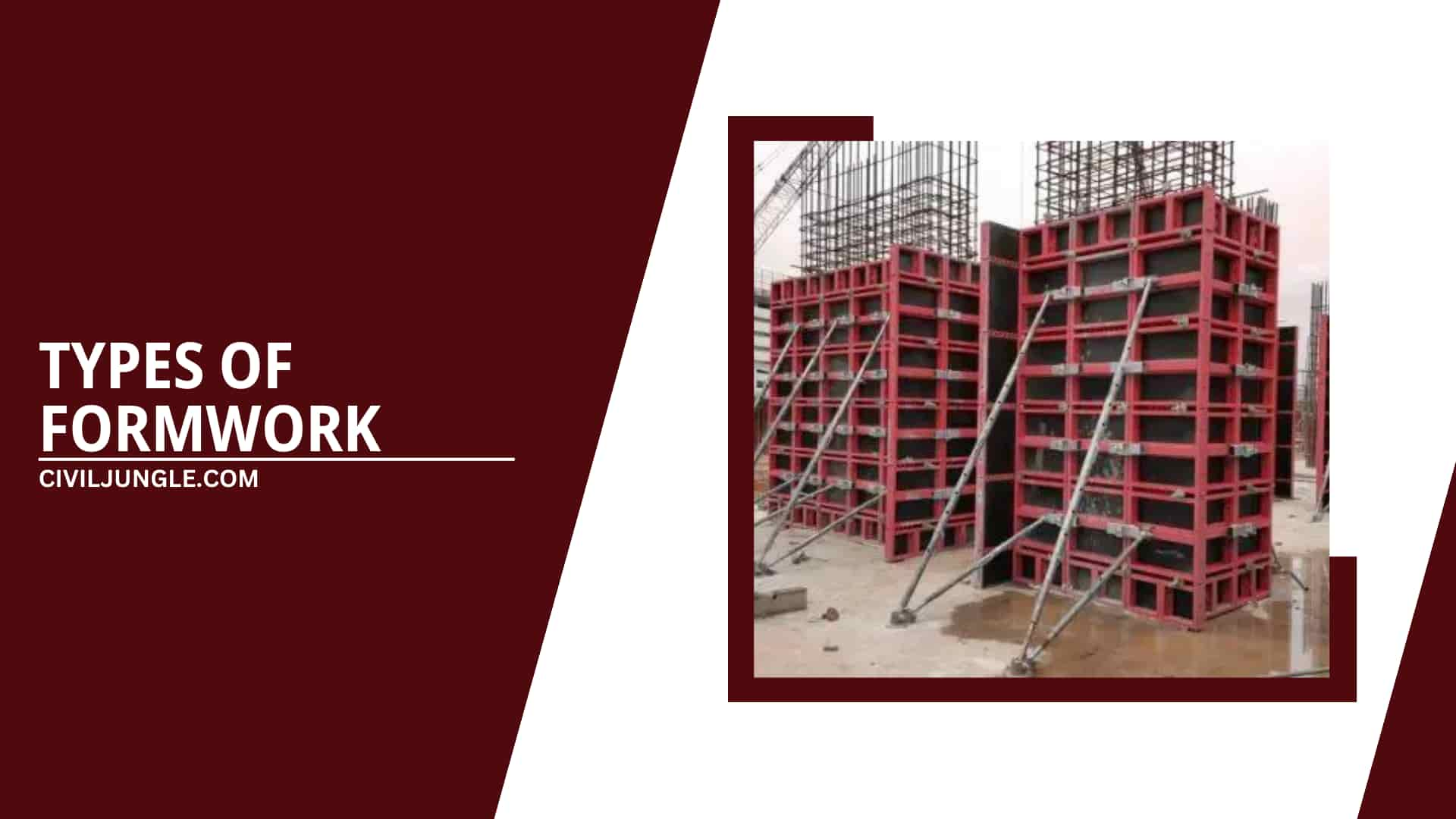
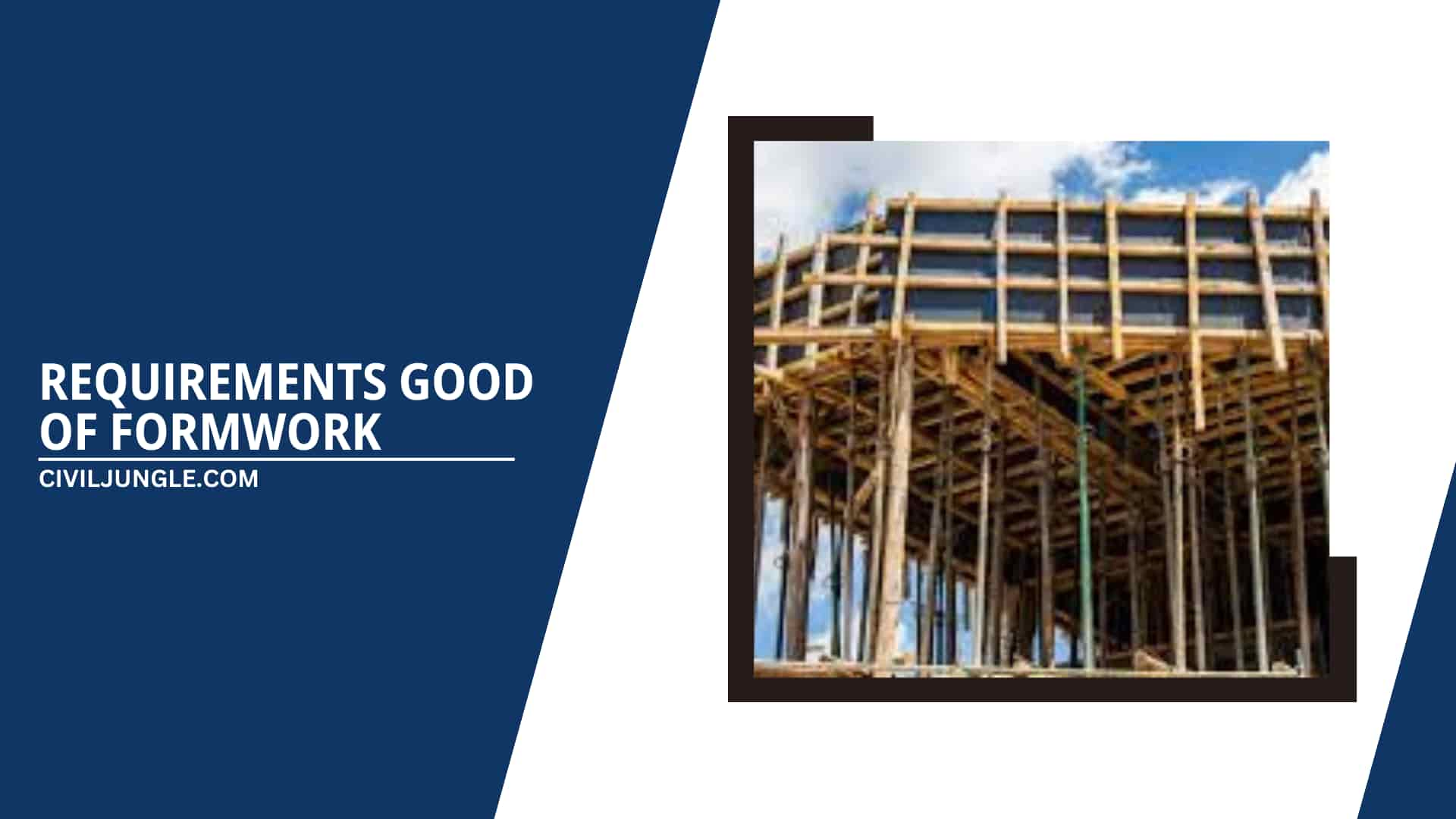
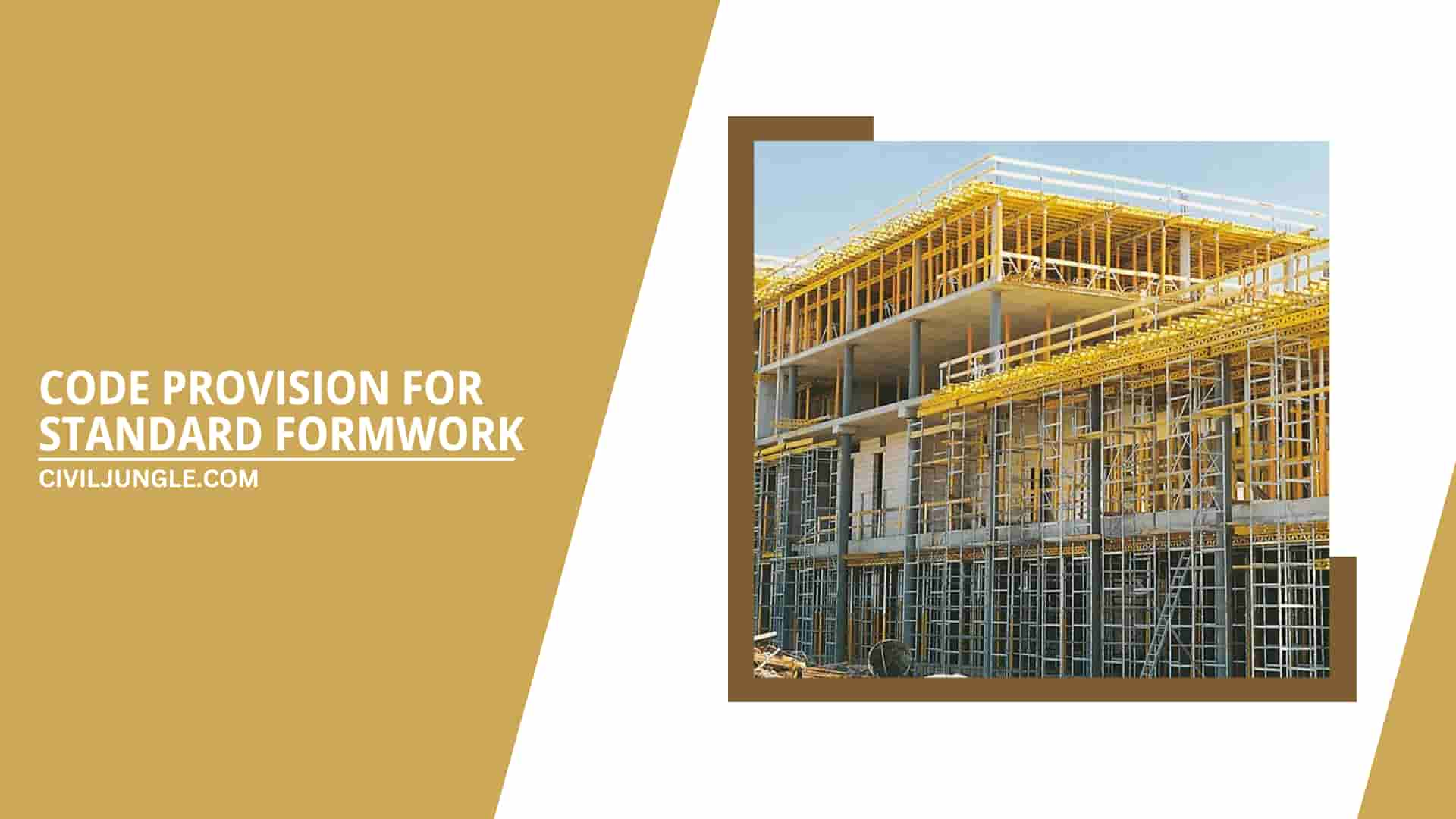

Leave a Reply